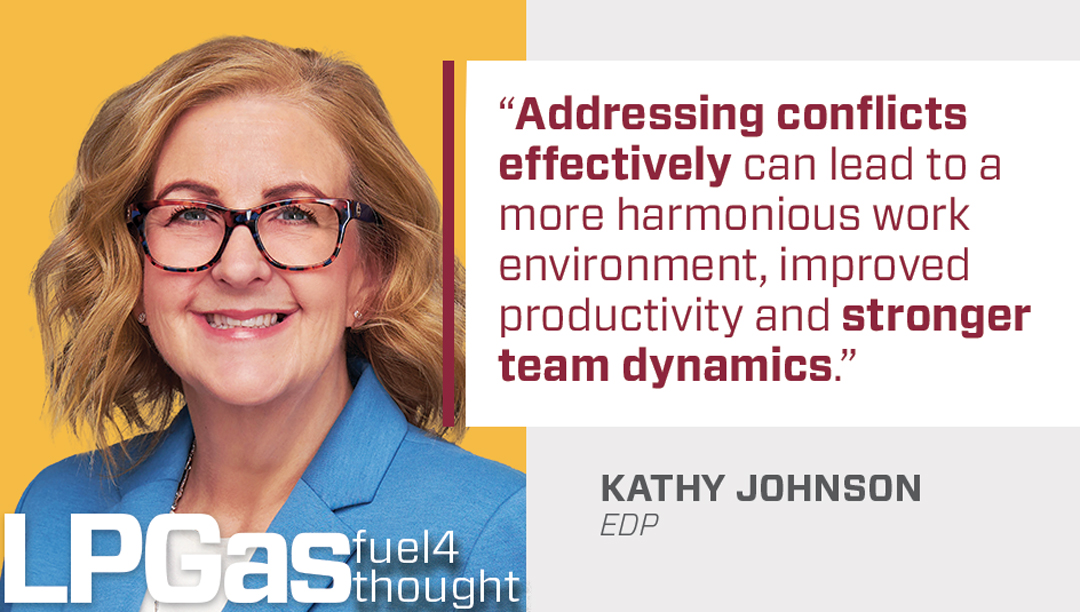Navigating workplace conflicts
Conflict is an inevitable part of any workplace. However, when managed correctly, it can lead to positive outcomes, such as improved communication and stronger team dynamics.
Poorly managed conflict can lead to decreased employee morale, reduced productivity and increased turnover. In this article, we will explore strategies for managing employee conflict.
Ignoring workplace conflicts can lead to serious negative consequences for both the employees involved and the organization as a whole. Unresolved conflict may escalate over time, becoming more complex and damaging. What initially may have been a minor issue can turn into a major problem that affects multiple individuals and departments.
Several years ago, I received a “hostile work environment” complaint from an employee. The employee stated she was being physically affected by the toxicity in the office being caused by one person. During my investigation, the manager admitted he lost control of the situation months earlier, and to try to keep peace, he would commiserate with each one, making them feel he was on their side. While this was well intentioned, the situation escalated to an unhealthy working environment for the entire office and ultimately turned into a costly legal situation.
The argument started over hurt feelings because the other person involved brought birthday cakes for everyone’s birthday but “purposely” missed her birthday. Over time, the animosity escalated to name calling, physical bullying and turnover of other office staff.

Management of workplace conflicts
Addressing conflicts effectively can lead to a more harmonious work environment, improved productivity and stronger team dynamics. Below are steps and strategies for managing employee conflict:
⦁ Recognize conflict. Be attentive to signs of conflict, such as increased tension or frequent disagreements among team members. Do not ignore the signs.
⦁ Stay neutral. It is crucial to remain neutral and not take sides in the conflict. Your role is to facilitate a resolution, not to become personally involved. Avoid playing favorites.
⦁ Open communication. Encourage the involved parties to talk openly about the issue. Provide a safe and confidential (and neutral) space to express their concerns.
⦁ Active listening. Listen carefully to all sides and ask clarifying questions to fully understand the conflict. All parties should feel heard.
⦁ Identify the cause. Often, conflicts are symptoms of more profound problems.
⦁ Set clear expectations. Ensure employees understand their roles, responsibilities and the organization’s policies. Misunderstandings and ambiguity can contribute to conflict.
⦁ Agreement. Encourage the parties to work together to find a mutually acceptable solution. Outline what steps each party will take to resolve the conflict.
⦁ Document. Document the issues, steps taken to resolve the conflicts and the agreed-upon solution. This is important if the conflict resurfaces or escalates further.
⦁ Know when to escalate. If the conflict continues or becomes severe, seek third-party assistance such as HR or higher management.
Situations such as harassment, discrimination, bullying or hostile/toxic work environments require a formal investigation process to be followed. Situations where these words are used or implied are serious and should be treated as such. Contact HR, upper management or legal counsel.
After a conflict has been resolved, it is important to follow up and evaluate the effectiveness of the solution. Assess whether the resolution was successful in addressing the cause of the conflict and if it prevented recurrence.
Not all conflicts can be completely eliminated, but they can be managed constructively. Managing employee conflict is a critical task for any organization. When conflicts are handled effectively, they can lead to a more harmonious and productive work environment. By promoting open communication, implementing clear policies and procedures, and investing in training and education, you can create a workplace where conflicts are addressed and resolved constructively, leading to a more positive and productive work environment.
Kathy Johnson is executive vice president and chief human resource officer for EDP. She leads an HR team that serves the company’s 700-plus employees. With more than 20 years of HR experience, Johnson has an undergraduate degree from DePaul University and is completing her Master’s of Jurisprudence in Employment and Labor Law from Tulane University. She can be reached at kjohnson@edplp.net or 312-254-5977.
















